The Best OLED of 2025? Sony BRAVIA 8 II QD-OLED TV
What if I told you that Sony just dropped a TV that combines Quantum Dot OLED brilliance, cinematic color accuracy, and AI-powered visuals—all in a body that’s thinner, lighter, and smarter than ever before? This... is the BRAVIA 8 II. And it might just be the best OLED of 2025. From stunning image quality to next-gen gaming support and burn-in protection that actually works—we’re breaking it all down. Let’s see if Sony finally outshines LG and Samsung in the OLED war!
The Sony BRAVIA 8 II QD-OLED TV (K65XR80M2) is part of Sony’s 2025 premium TV lineup and serves as a showcase of its QD-OLED technology, advanced cognitive processing, and audio innovations. Designed for cinephiles and premium home theater enthusiasts, the BRAVIA 8 II aims to deliver reference-level performance with an elegant, minimalist design. This in-depth review explores its design, display technology, processing power, audio system, connectivity, smart platform, and long-term usability.
Sony continues its tradition of understated luxury with the BRAVIA 8 II. This year’s model is 29% thinner and 49% lighter than the A80L, offering easier installation and a sleeker wall-mounted profile. Its ultra-slim bezels and metallic frame exude premium craftsmanship. The adjustable stand can accommodate soundbars or offer a flush placement on low-profile surfaces, and discreet cable management keeps everything tidy and organized.
At the heart of the BRAVIA 8 II is a second-generation QD-OLED panel manufactured by Samsung Display, custom-tuned by Sony. This panel delivers 25% more peak brightness than the 2023 A95L and 50% brighter than previous WOLED models in Sony’s lineup. The enhanced luminance improves specular highlights, making HDR content pop while maintaining deep, inky blacks characteristic of OLEDs.
What’s the difference between QD-OLED and WOLED?
QD-OLED (Quantum Dot OLED) uses blue OLED emitters with a Quantum Dot color conversion layer to produce red and green, resulting in higher color volume and better brightness. In contrast, WOLED (White OLED) uses a white subpixel system with color filters, which can dilute color purity and typically results in lower peak brightness.
The BRAVIA 8 II supports 4K 120Hz, HDR10, HLG, and Dolby Vision, ensuring compatibility with all major high dynamic range formats. With XR Triluminos Max and XR OLED Contrast Pro, Sony’s Cognitive Processor ensures exceptional clarity, contrast, and color fidelity. Motion is handled with precision thanks to XR Motion Clarity, minimizing blur during fast-moving content.
Powered by the Cognitive Processor XR, this model uses AI Scene Recognition to analyze content in real-time. Unlike conventional processors that adjust entire frames, Sony’s XR processor can target individual elements—such as a person’s face or a moving object—for localized optimization in brightness, sharpness, and contrast.
Upscaling of lower-resolution content is near flawless, and object-based HDR remastering helps every scene appear rich and lifelike. This processing suite brings content closer to what creators intended, aligning with Sony’s goal of cinema-grade reproduction.
The BRAVIA 8 II continues using Acoustic Surface Audio+, a proprietary technology where actuators vibrate the screen itself to emit sound. This ensures that dialogue and effects feel like they originate directly from the action. It supports Dolby Atmos and DTS:X, and works with Sony’s HT-A series soundbars via Acoustic Center Sync, letting the TV function as a center speaker in a home theater system.
While not a replacement for a full speaker setup, the built-in system is among the best in class for integrated TV audio.
The Sony BRAVIA 8 II QD-OLED runs on the Google TV platform, providing a clean, intuitive interface with easy access to all major streaming services such as Netflix, Disney+, Amazon Prime Video, and YouTube. The user experience is further enriched by personalized content recommendations, voice navigation, and smart ecosystem compatibility. The TV supports Google Assistant and Amazon Alexa for hands-free control, while also offering seamless integration with Apple AirPlay 2 and HomeKit, ensuring compatibility across both Android and Apple smart home setups.
Under the hood, the BRAVIA 8 II is equipped with 4 GB of RAM and 32 GB of internal storage (ROM). This hardware configuration enables smooth and responsive navigation through menus, rapid app switching, and sufficient space to download and store a variety of apps and limited media files. Sony also includes access to BRAVIA Core, its exclusive high-bitrate streaming platform that delivers up to 80 Mbps video—offering near Blu-ray quality for discerning cinephiles who demand top-tier content fidelity.
In terms of physical connectivity, Sony offers a robust range of inputs and outputs that cater to a wide variety of devices. This includes four HDMI ports—two of which are HDMI 2.1-compliant, allowing support for 4K at 120Hz, Variable Refresh Rate (VRR), and Auto Low Latency Mode (ALLM). Additional ports include three USB ports for media playback and peripheral support, one Ethernet port for stable wired internet connections, one optical digital audio output, a composite input for older devices, and an RF tuner input. Wireless connectivity is covered by Wi-Fi 5 (802.11ac) and Bluetooth 5.0, ensuring compatibility with the latest wireless accessories and networks.
Broadcast compatibility is another strength of the BRAVIA 8 II, as it includes multiple tuner formats tailored to different global markets. It supports ISDB-T for Japan, ATSC for North America, and DVB-T/T2 for European and other international regions. This wide-ranging support ensures that the TV can receive over-the-air digital broadcasts across most of the world, depending on the model configuration sold in each region.
To combat the long-standing concern of OLED burn-in, Sony implements a suite of preventative technologies. Pixel Shift subtly moves on-screen content to reduce the likelihood of image retention, while Panel Refresh periodically runs a maintenance cycle that recalibrates pixel output to avoid long-term degradation. Additionally, Logo Detection technology automatically recognizes static UI elements—such as channel logos or news tickers—and gradually reduces their brightness to minimize risk. These strategies, combined with the XR Processor’s intelligent image analysis, effectively prolong panel health and reduce the risk of permanent burn-in, helping to maintain image quality over the life of the display.
Sony has also taken meaningful steps toward sustainability. The BRAVIA 8 II uses recycled materials in the rear cover and is more energy-efficient thanks to the refined QD-OLED panel. The Eco Dashboard centralizes energy-saving settings, making it easier for users to engage in eco-friendly practices.
The newly designed premium remote control is backlit, more compact, and features a lost remote finder function when paired with the BRAVIA Connect app—addressing a common user pain point with elegant utility.
The Sony BRAVIA 8 II QD-OLED (K65XR80M2) stands out as a refined evolution of Sony’s OLED heritage, integrating high-performance display technology with immersive audio and intelligent processing. It offers a genuine cinematic experience, ideal for discerning viewers who prioritize color accuracy, screen fidelity, and sound immersion.
While slightly behind Samsung in peak HDR brightness, the BRAVIA 8 II more than compensates with its stunning color volume, balanced tone mapping, and industry-leading motion handling. Combined with its Google TV interface, next-gen gaming support, and sustainability initiatives, it presents a strong value in the ultra-premium category.
For cinephiles, gamers, and enthusiasts seeking a top-tier OLED TV in 2025, the BRAVIA 8 II is not just a smart choice—it’s a statement.
Watch This Video.


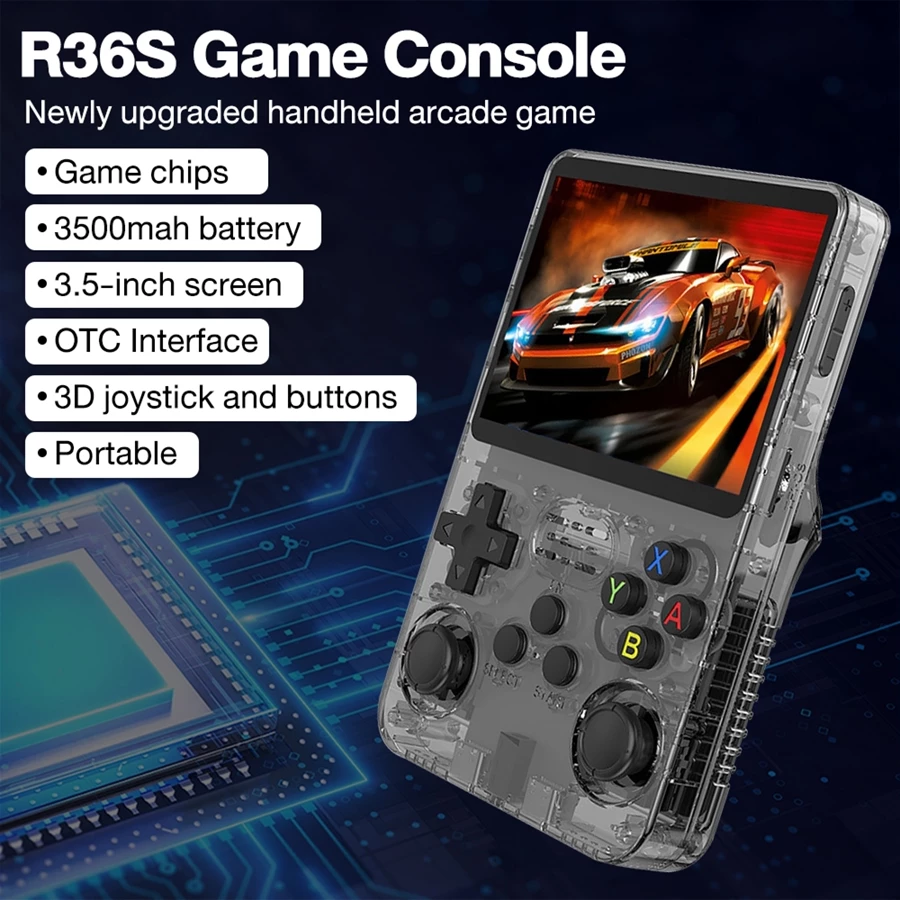
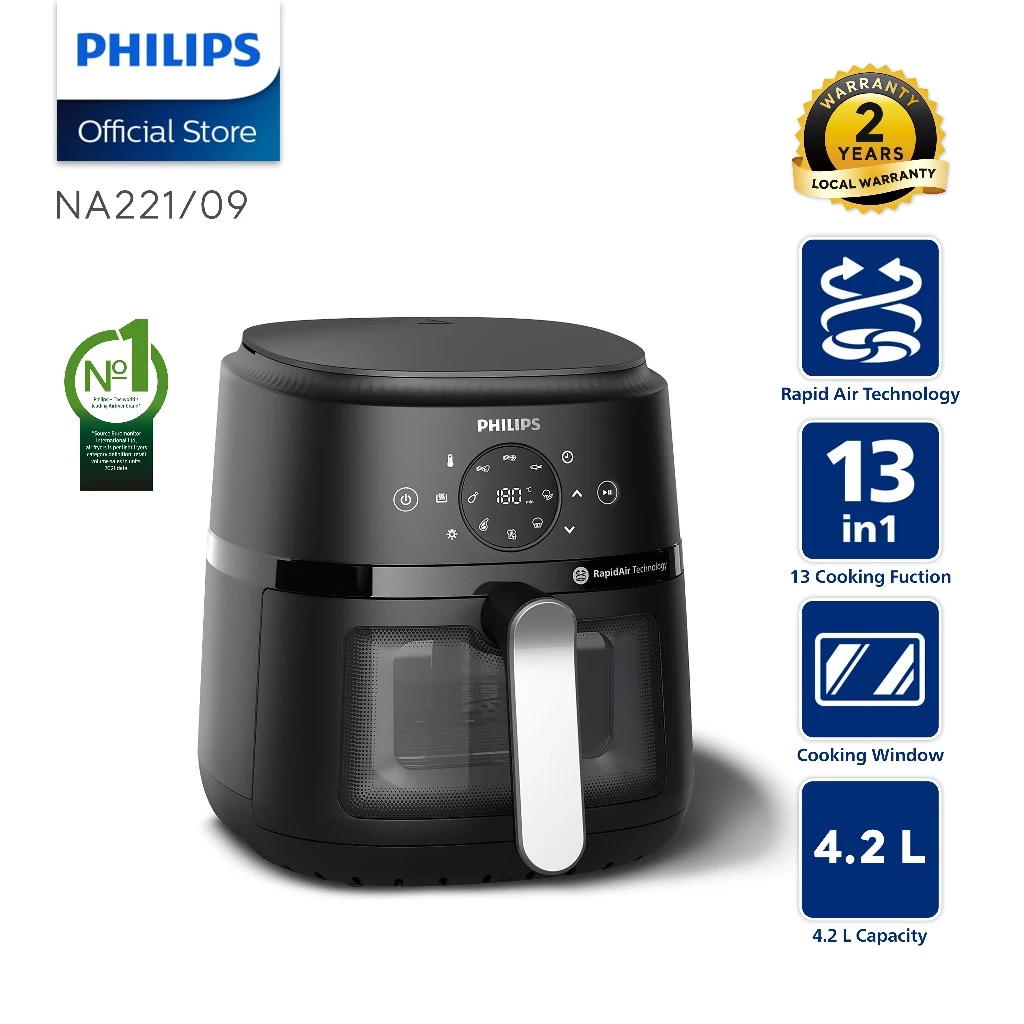











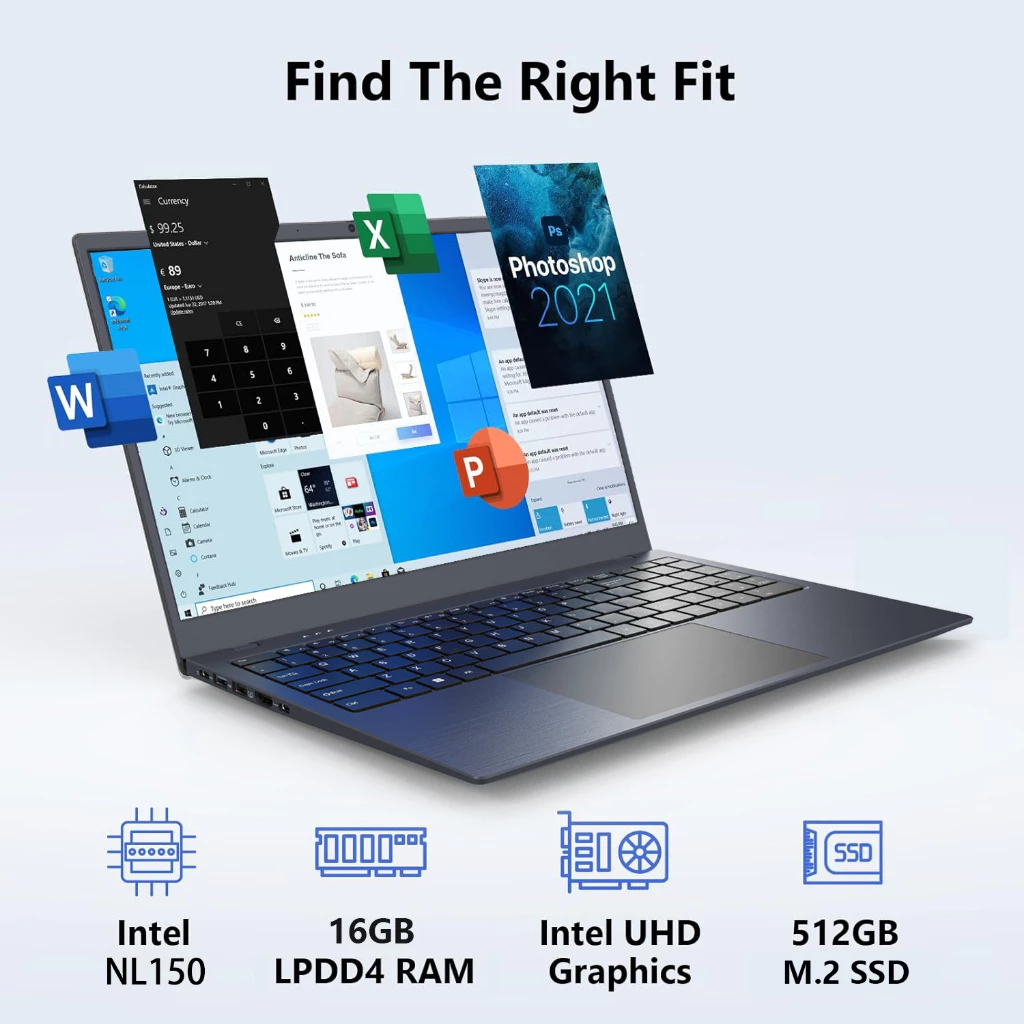
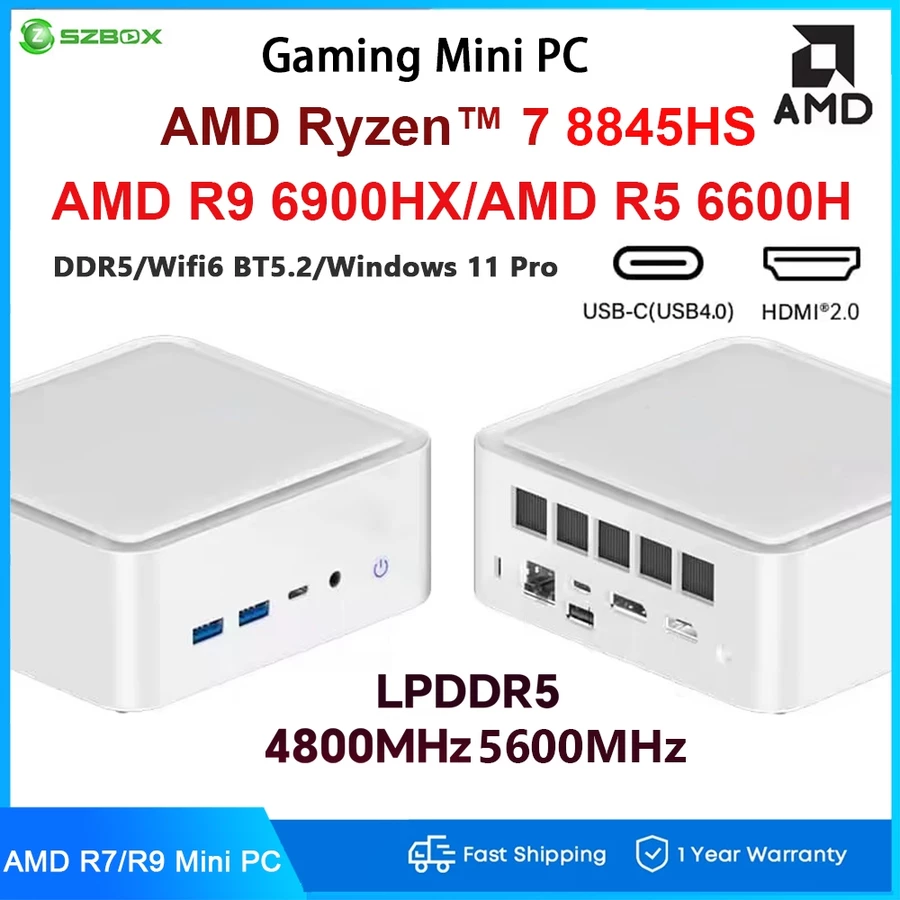
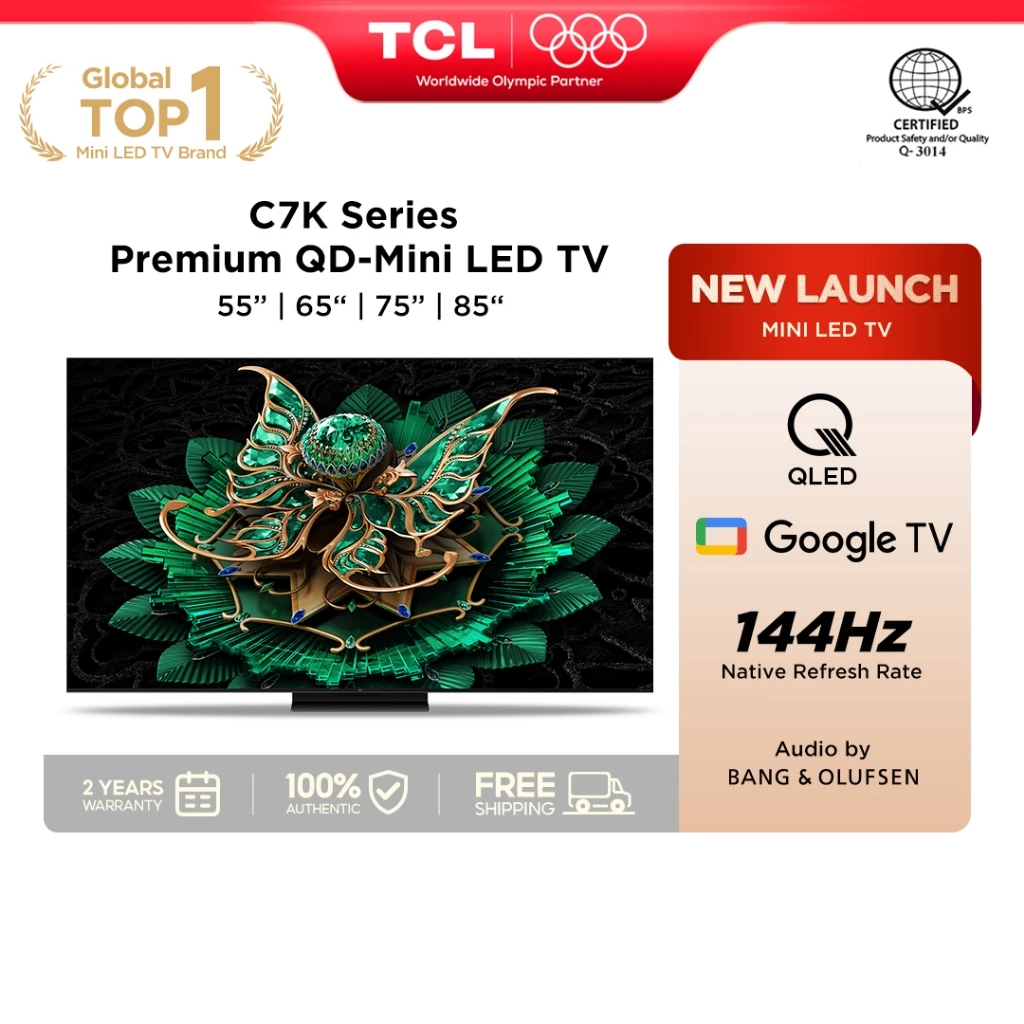
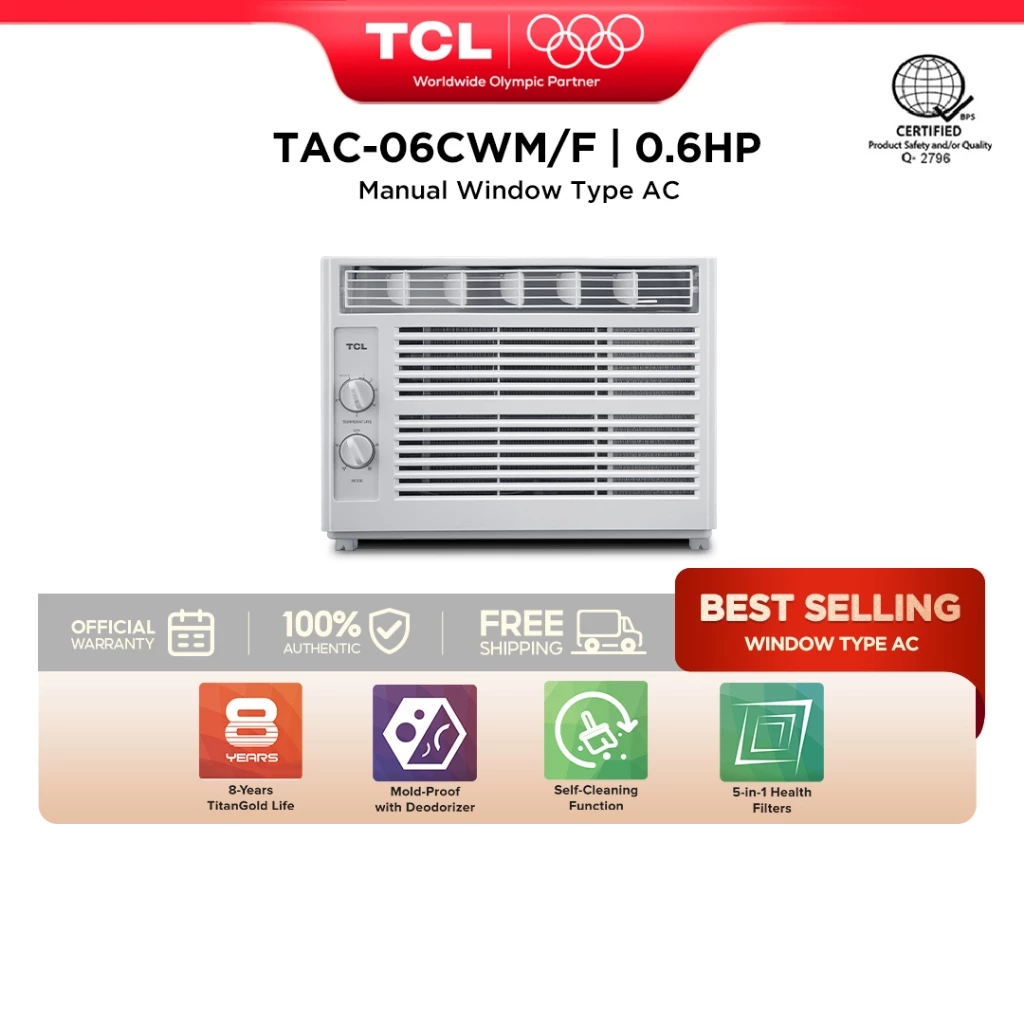

0 comments